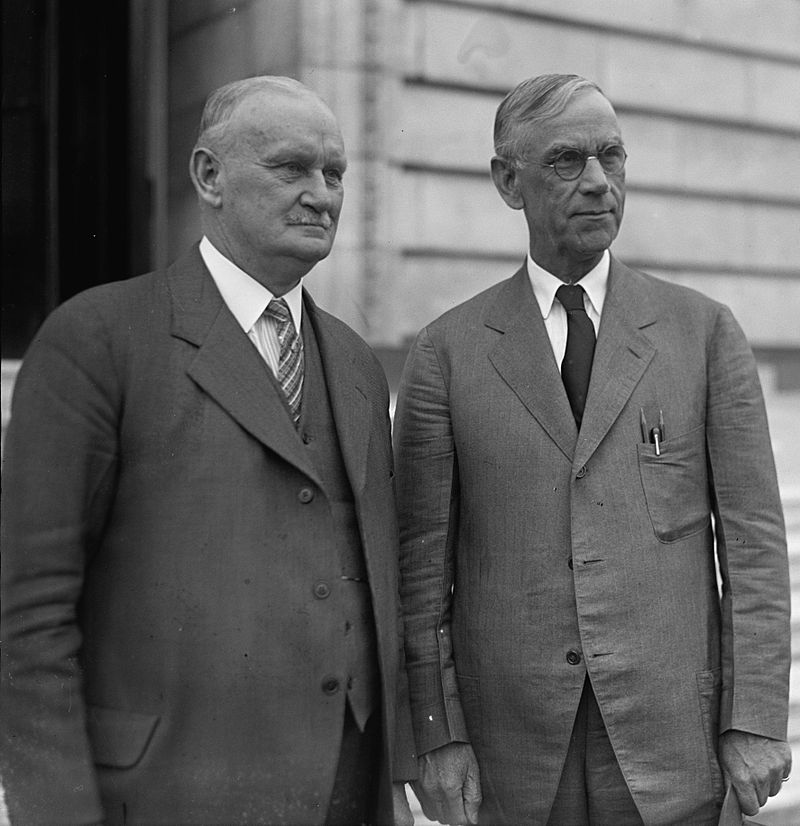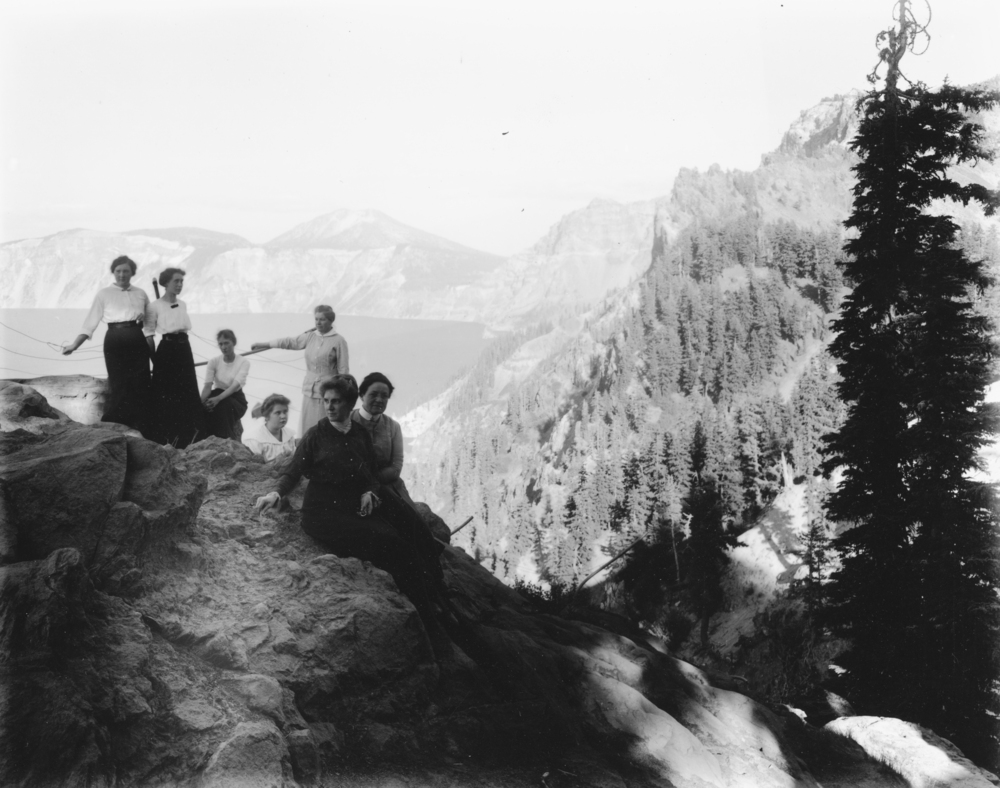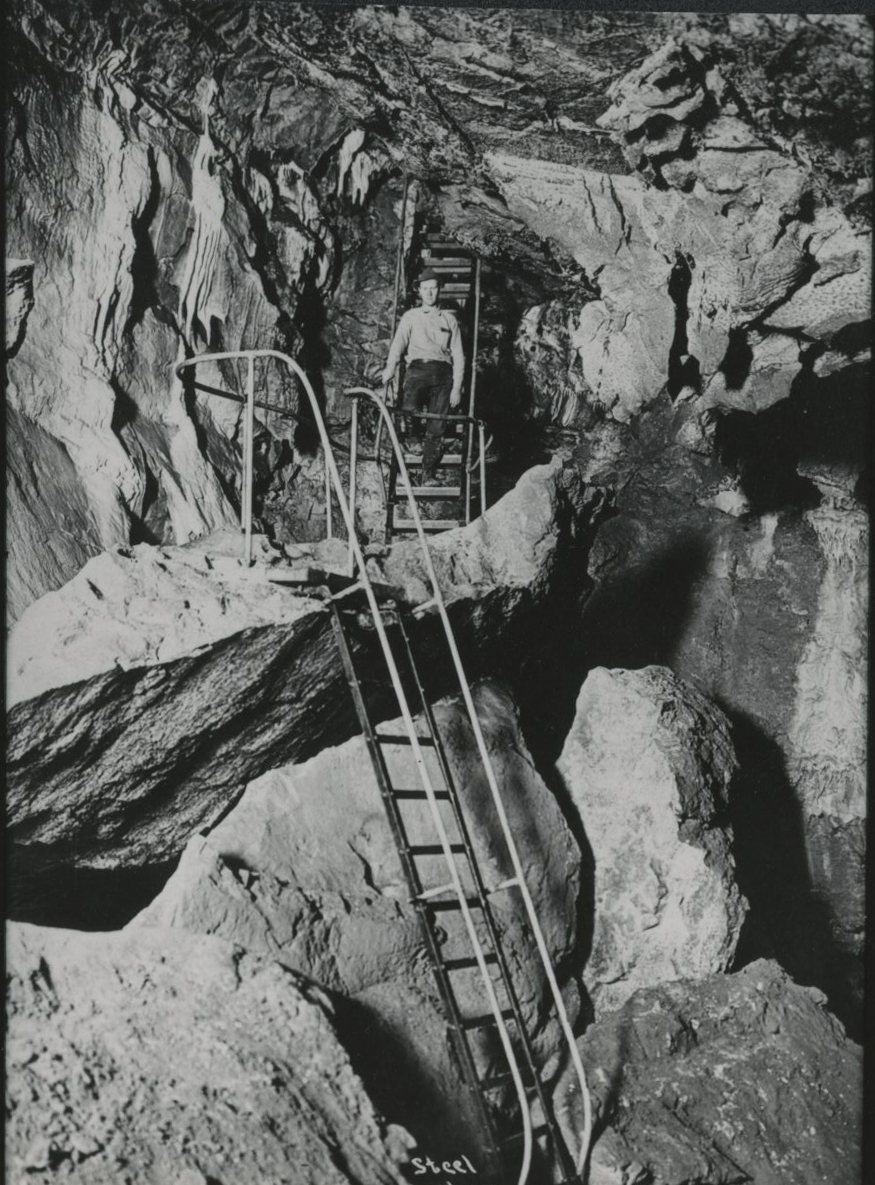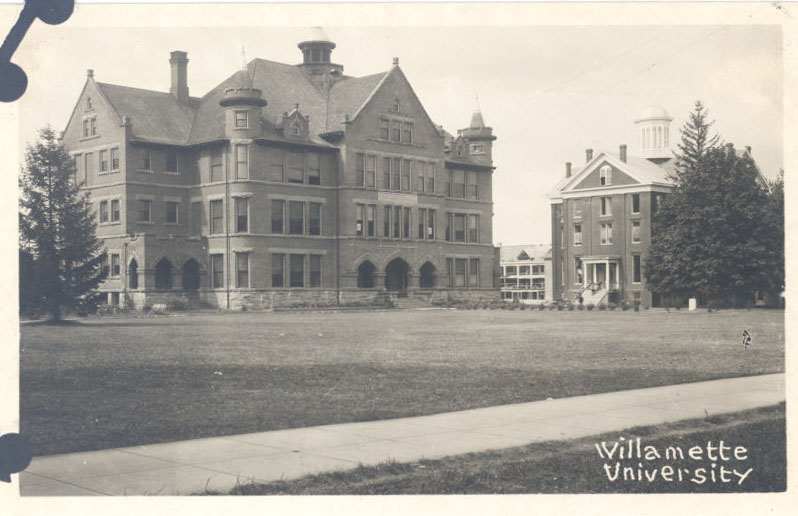Republican Willis Chatman Hawley represented the 1st Congressional District in northwest Oregon from March 1907 to March 1933. As chair of the House Ways and Means Committee in 1929-1931, he co-sponsored with Senator Reed Smoot (R-UT) the Smoot-Hawley Tariff Act of 1930, one of the most controversial measures ever passed by the U.S. Congress.
Born on May 5, 1864, near Monroe, Oregon, Hawley attended country schools, and in 1884 graduated from Willamette University. He earned applied baccalaureate and law degrees in 1888 and a master’s degree in 1891. On August 19, 1885, he married Anna Martha Geisendorfer, from Albany. They had three children.
From 1888 to 1891, Hawley served as president of the Oregon State Normal School in Drain. He taught mathematics at Willamette for two years, and was named president of the university in 1893, where he continued to teach history, economics, and public law. While at Willamette, he became a member of the Oregon State Bar and an expert on tariff and tax law.
Beginning in 1899, Hawley presided over the Willamette Valley Chautauqua of Oregon City, the largest Chautauqua west of the Rocky Mountains. In 1902, to prepare for a run for Congress, he stepped down from the presidency of Willamette and became vice president and dean of the university. In 1905, he resigned to campaign for a seat in the U.S. House of Representatives.
Achieving fair representation for his largely rural agricultural district motivated Hawley to run for national office. He supported tariff equality, including reducing the duties on imported industrial goods and raising the rates charged on imported farm goods. During his twenty-six years in the House, Hawley gained a reputation as a fiscal expert, and he served on increasingly powerful committees as he gained experience and seniority.
At the end of Hawley’s first term in 1909, Congress created the Oregon Caves National Monument, which he helped make accessible to campers and other visitors. He played a key role in obtaining increased funding for Crater Lake National Park, as development of road and rail routes brought more visitors to the park. He supported legislation that funded improvements to the Willamette River and bills that set aside watersheds and water sources for urban populations in his district. He also promoted field fish-cultural stations and hatcheries along the Rogue and Columbia Rivers and a sea-going dredge for harbor improvements. Hawley’s support for coastal highway projects continued throughout his career, and on June 10, 1930, Congress authorized the construction of a bridge across the Columbia River at Astoria.
Hawley is remembered primarily for what became known as the Smoot-Hawley Act. Enacted in June 1930, after a bitter seventeen-month congressional debate, the act placed the highest duties on imports in U.S. history. By increasing import duties on agricultural products, the bill was designed to aid American farmers, such as those Hawley represented in Oregon; but by the time of congressional approval, it raised the tariff rates on thousands of goods. Throughout the congressional debate over the bill and during the 1932 presidential campaign, when President Franklin Roosevelt made the act a point of attack, Hawley remained adamant in his support of high tariffs. Though the act did increase the tariff rates on farm goods, many farmers criticized it as being insufficient.
In retaliation, other countries -- beginning with Canada, the U.S.'s major trade partner -- raised their import tariffs on American goods, including agricultural products. The Smoot-Hawley Tariff did not cause the Depression, but it decreased American export trade and set in motion a cascade of protectionist trade legislation and exacerbated the Depression in industrial nations. It also did harm to American farmers and is blamed for higher food costs during the Depression. More than 1,000 economists had pleaded with President Hoover to veto the bill, and some later economists point to three-fold decrease in American exports. The domestic political effects of the Smooth-Hawley Tariff, some historians argue, were partly responsible for reelection losses in 1932 for Utah Senator Reed Smoot in the general election and Hawley in the Oregon Republican primary.
In his thirteen general elections, Hawley captured an average of two-thirds of the overall vote. He served in Congress until March 1933, losing his seat to James W. Mott, who had defeated him in the Republican primary and won his seat in the general election the prior year. The Oregonian did not blame Hawley’s loss on his support of tariffs, but instead on him being a dry representative in a district that opposed Prohibition. He also had neglected home ties, with no visits to Oregon during his last election.
Hawley returned to Oregon and resumed his law practice in Salem. He died on July 24, 1941.
-
![]()
Willis Hawley and Reed Smoot, 1929.
Courtesy U.S. Library of Congress, spcc19371
Related Entries
-
![Crater Lake National Park]()
Crater Lake National Park
Crater Lake National Park, which the U.S. Congress set aside in 1902, i…
-
![Oregon Caves National Monument]()
Oregon Caves National Monument
Only a few places in the Beaver State are named in reference to Califor…
-
![Willamette University]()
Willamette University
Willamette University, the oldest university in the West, was founded i…
Map This on the Oregon History WayFinder
The Oregon History Wayfinder is an interactive map that identifies significant places, people, and events in Oregon history.
Further Reading
Eckes, Alfred E. Opening America's Market: U.S. Foreign Trade Policy Since 1776. Chapel Hill, N. Car.: University of North Carolina Press, 1999.
Horner, John B. Oregon: Her History, Her Great Men, Her Literature. Corvallis, Ore.: Press of the Gazette-Times, 1919.
Martin, James. “Oregon's Own Original Protectionist.” The Register-Guard, January 16, 1986: 11A.
Onofrio, Jan. Oregon Biographical Dictionary. Hamburg, Mich.: North American Book Distributers, 1999.
Zampetti, Americo Beviglia. Fairness in the World Economy: US Perspectives on International Trade Relations. Northampton, Massachusettes: Edward Elgar Publishing, 2006.




